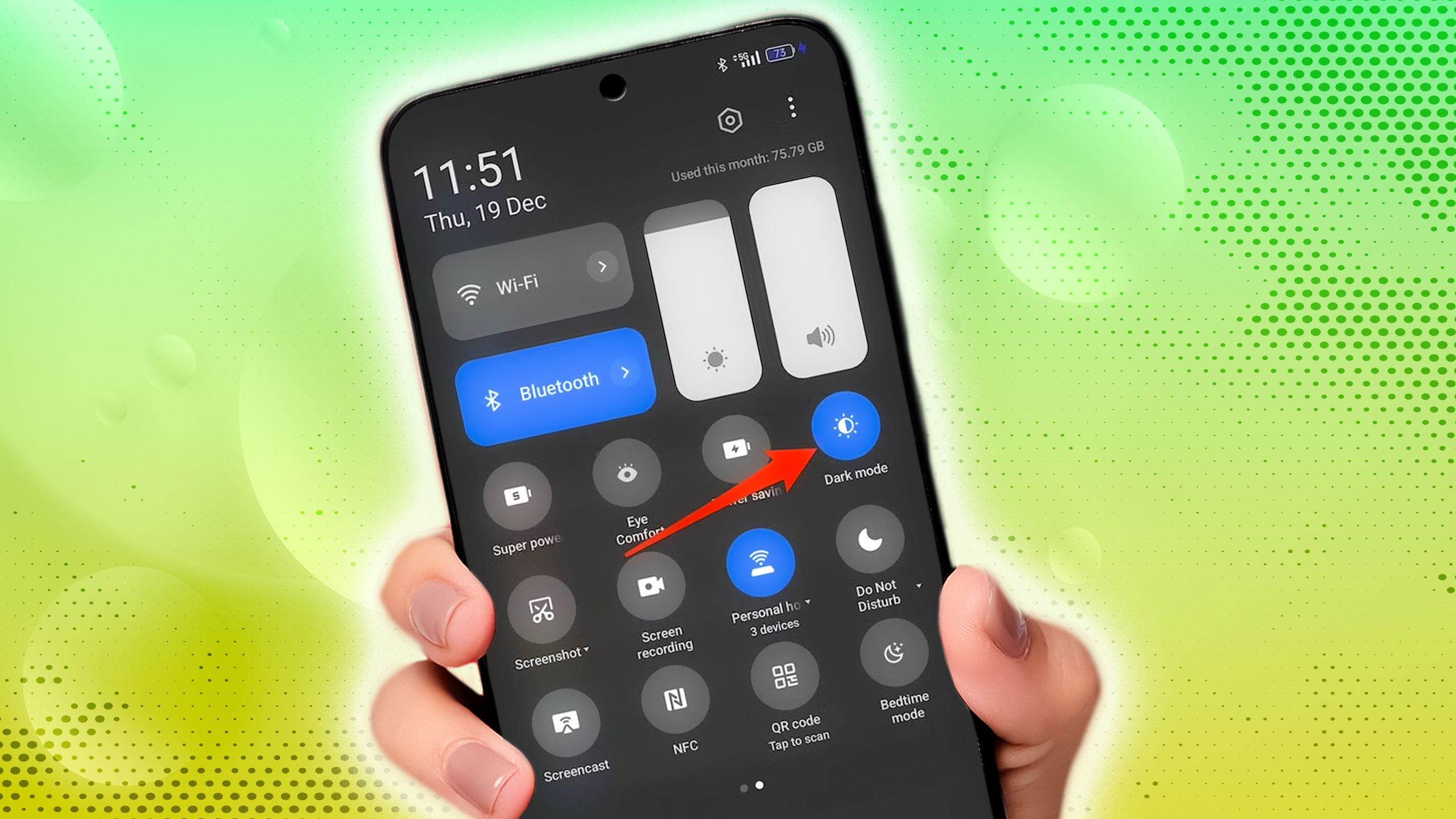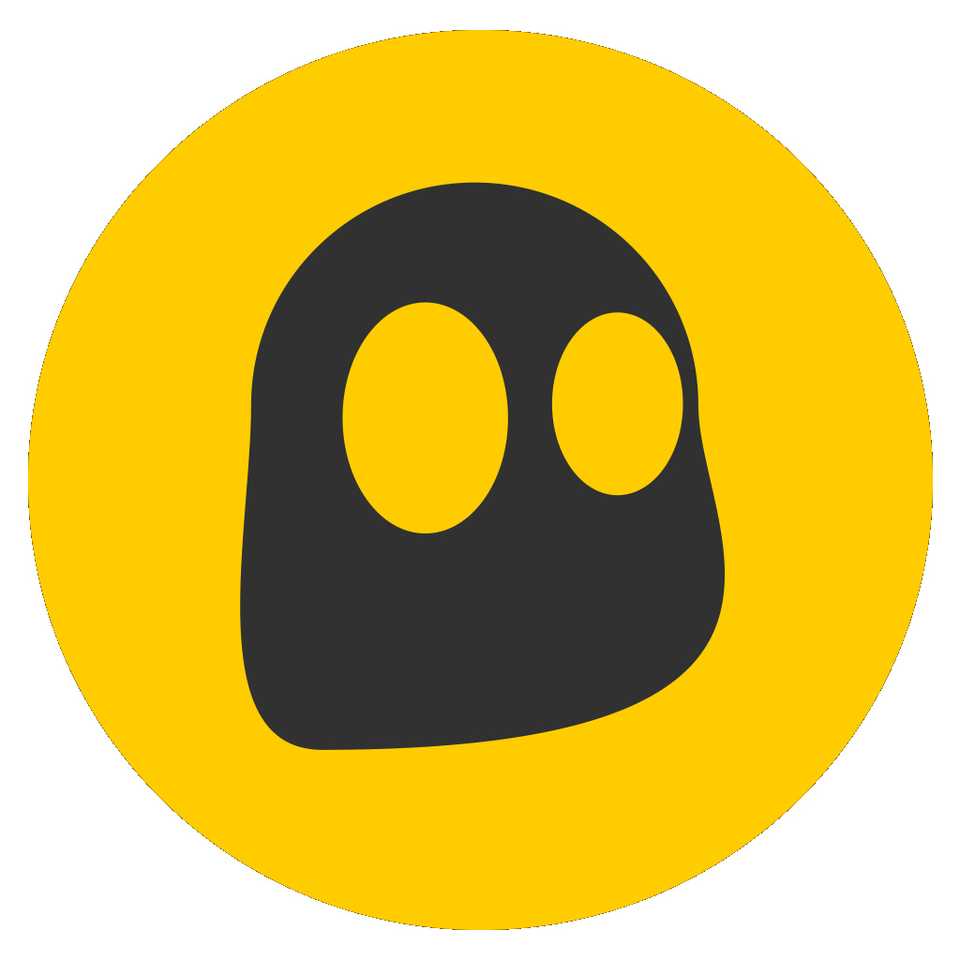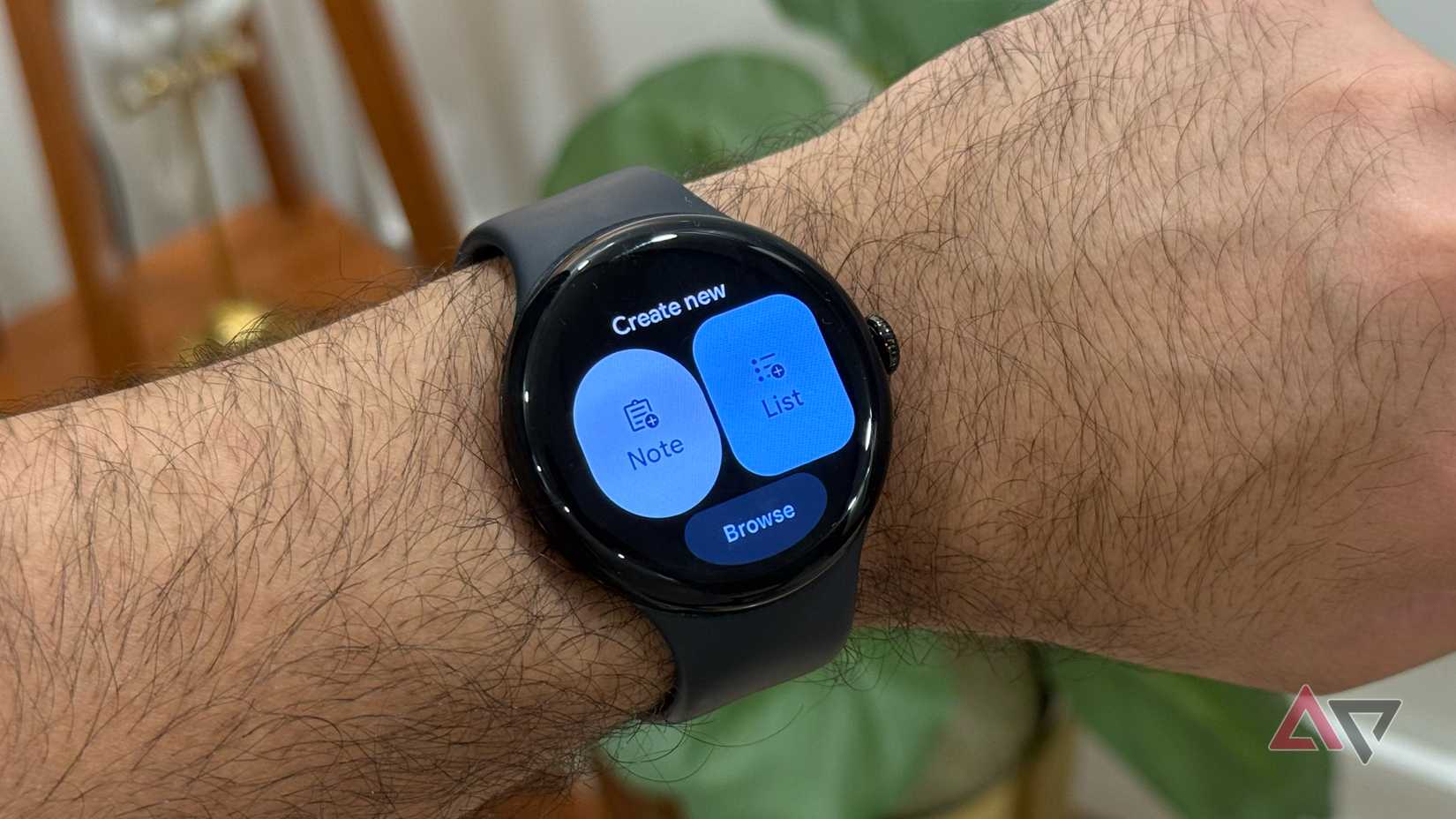Samsung’s One UI and Google’s stock Android offer two distinct Android experiences. One UI is Samsung’s custom interface, which is layered over Android, while stock Android is Google’s unmodified system on Google Pixel phones. Each approach has strengths and trade-offs. Below, we compare them across key areas, highlighting design, customization, built-in features, and ecosystem integration.
Comparing the design language of Samsung and Google
Both interfaces share a foundation in Material You, but their design philosophies diverge based on target user needs. One UI applies Samsung’s design language over Material You. It uses custom icons and favors larger, rounded-square shapes combined with a frosted glass aesthetic, creating a bold, branded experience. It is optimized for one-handed use by positioning key controls near the bottom of the screen.
This is a thoughtful design choice given Samsung’s devices’ tall form factor. While Samsung’s approach adds visual depth, some users dislike its cluttered interface. In contrast, Stock Android sticks closely to Google’s minimalist Material Design, featuring smaller, circular icons and a clean, simple layout. User preferences ultimately shape perception. Those who value simplicity and responsiveness often gravitate toward Stock Android, while others appreciate the visual style of One UI.
One UI gives you more ways to personalize your phone
Samsung ships a customization suite (the Good Lock app with plugins) that lets users tweak UI elements. Good Lock modules let users rearrange and customize icons, widgets, system-wide animations, clock faces, and more. Samsung also offers a Theme store with icon packs, wallpapers, and skins. It also lets users remap power-button shortcuts.
Stock Android’s built-in customization is more limited. Android allows you to change icon shapes, accent colors, and basic widget arrangements. It also supports the Material You color palette, which adapts accent colors to your wallpaper. Major UI overhauls require third-party launchers and icon packs.
Stock Android avoids bloat but skips features like DeX
Samsung includes its suite of apps and services by default. These include Internet, Notes, Galaxy Store, SmartThings, Galaxy Wearable, Samsung Pay, Health, and more. While these additions can be helpful for some users, others view them as bloatware and prefer Google’s alternatives. A standout is Samsung DeX, which turns the phone into a desktop-like interface when connected to an external display.
Stock Android’s full desktop mode isn’t as good as DeX. Many Samsung apps can be uninstalled, but some, like the Galaxy Store, are persistent. As a result, they have less free space. Stock Android is clean out of the box. It includes Google’s core suite (Phone, Messages, Chrome, Gmail, Photos, and more) and a few exclusives like Recorder and Pixel Screenshot. Almost everything on stock Android can be uninstalled. Rather than relying on OEM-specific tools, stock Android’s strengths lie in its tight integration with Google apps and Gemini AI.
One UI has caught up, but stock Android still feels faster
One UI and Stock Android run well on modern hardware and support features like adaptive refresh rates and background process management for fluid animations. However, stock Android, with its minimalist design and fewer custom animations, often feels faster. Pixel devices benefit from tight hardware-software integration and receive immediate performance-tuned updates from Google. One UI has historically been slower, but recent updates have focused on improving responsiveness.
On flagship devices, performance differences between the two are minimal. However, real-world responsiveness can vary depending on factors like the number of apps, widgets, and background processes. High-end Galaxy phones handle One UI effortlessly thanks to powerful chipsets like Qualcomm’s Snapdragon, and Samsung continues to fine-tune its software for better hardware synergy. However, One UI’s heavier interface can introduce slight lag on midrange devices. Meanwhile, Stock Android’s lightweight nature delivers a faster and more consistent experience across a broader range of hardware.
Update schedules differ, but both offer extended update policies
Stock Android gets updates first. Pixels receive each new Android version and security patch on day one. Galaxy phones receive it after Samsung adds One UI improvements. The delay between updates can range from weeks to months.
Google and Samsung now promise long-term update support. Google guarantees seven years of OS and security updates for Pixel 8 and newer phones. Samsung matched this on its flagships. The S24 and S25 series receive seven years of Android upgrades and security fixes. Samsung provides four or five years on many midrange and older models, exceeding the industry average.
Both One UI and stock Android offer strong but different experiences
Samsung’s One UI and Google’s Android have strengths and trade-offs. There is no absolute winner in all categories. One UI excels at customization while stock Android excels at simplicity, faster updates, and tight Google integration.









